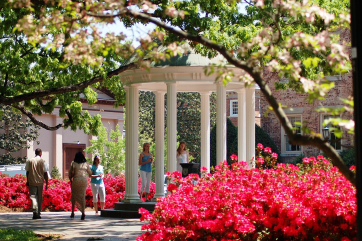A rapid increase in deer population could "forever alter" the progression of a forest's natural future by creating environmental havoc in the soil and disrupting the soil's natural seed banks, according to a recent study.
Researchers from Cornell University stated that Deer typically prefer to eat native, woody plants and rebuff invasive species. They found that when deer consume native, woody plants, the non-native species are left to flourish, dropping seeds in the soil, according to a press release.
"Deer are slowing down forest succession or natural establishment. In fact, the deer are preventing forests from establishing," Anurag Agrawal, a co-author on the paper, said in a statement.
For the study, researchers gathered soil cores - from both within and outside fenced "deer exclosures" - and germinated the seed. They found the soil cores from outside of the exclosures contained many more seeds from non-native species.
Deer select forests for their trees but in doing so disrupt forest system growth trajectories, concludes the study.
As forests normally mature, their grasses give way to herbs and shrubs, and then new trees eventually take root. Expanding deer populations in the Northeast, however, stall forest development and promote the growth of thorny thickets of buckthorn, viburnum and multiflora rose bushes. If deer leave the forests alone, such trees as cottonwood, locust and sumac can sprout and grow unimpeded, according to a press release.
Researchers found that the impacts of deer grazing on vegetation were severe and resulted in bare soil and reduced plant biomass, less recruitment of woody species and relatively fewer native species. This resulted in significantly decreased overall species richness and relatively more short-lived species of both annual and biennial plants.
"It's obvious that the deer are affecting the above-ground species, but it's like an iceberg. There are major effects below the soil surface. We are seeing a divergence of seeds contained within the soil from what should be there," Antonio DiTommaso, co-author of the study, said in a statement. "We are not seeing the seeds of woody plants. Instead, we're seeing an escalation of non-native seed and the virtual elimination of woody plant seeds."
The multiyear study was conducted on Cornell land near Freese Road in Ithaca, where the deer density is about 39 animals per square kilometer - about 10 times greater than it was before European settlement in the late 1700s.








